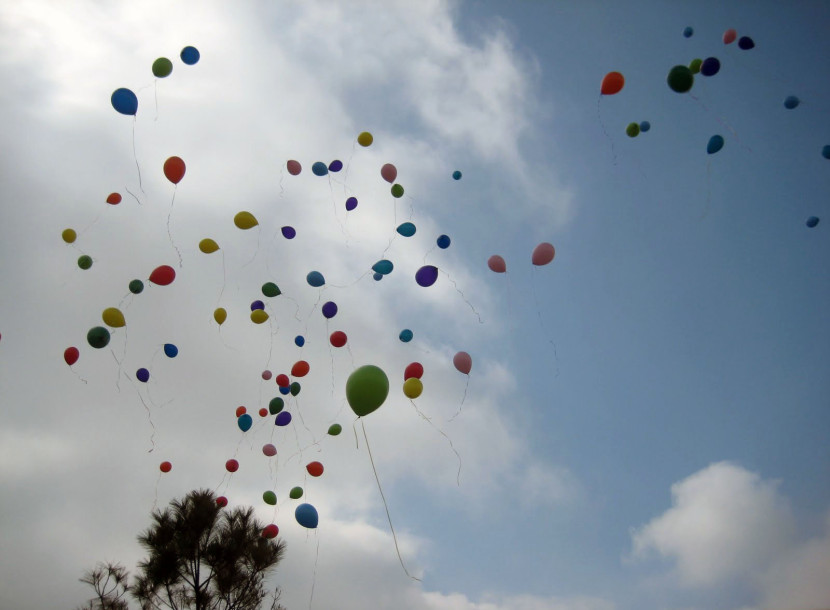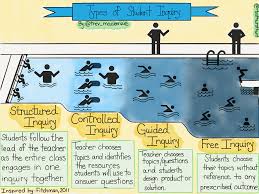
At the end of last semester, we tried something new out in our classroom. I wanted to give the students the opportunity to really own their learning. I asked them, what do you want to learn, how do you want to learn it and once you have acquired the knowledge what will you do with it? We sat down, created action plans and wrote them up on the wall. They were given two weeks to work on it and I checked in with them every few days to see where they were at and helped coach them if they needed it. During the process, I was convinced that they were doing absolutely NOTHING and I was very uncomfortable. BUT to my surprise on the show and tell day they amazed me with what they had done. We had a workshop on the stock market, a TED Talk comedy routine and some really great discussions. As a result, I was super excited for what this meant for my next semester class. I decided that my new class would look like this…
Grade 12 University World Issues
GOALS – Over the semester I hope that they will learn – self regulation, self-motivation, time management, empathy, resilience, perseverance, communication skills, self-advocacy, project management, social media skills, exposure to Sustainable Development Goal’s, doing things with purpose, passion.
Over the entire semester, they are to work on six things in total. Some of them were non-negotiable but 4 / 6 of them were up to them. The goal would be that we would have one – two days a week for students who wanted to lead discussions or debates. The other days would be work periods or field trips and/or activities. The expectation was that they would work on all of their chosen individual/group projects over the semester. They were expected to tweet about what they were doing on a regular basis so that I can see what they were working on and reflect on their connections to the SDG’s via a google form. Below was the initial layout for the course.
- Bring in as many guests as possible to expose students to issues related to the SDG’s
- Watch documentaries to fill in the gaps
- Create Action plans that would evolve over the semester
- Create a project list that included 6 projects:
- Action Plan
- Genius Hour
- Social Science Fair
- Other
- Other
At the beginning of the semester, I was super pumped and ready to try this out. I was feeling confident and was ready. We started out by bringing all sorts of guests in, watching documentaries and learning all about World Issues…# 1 on my list was checked off = success. Then it was time to get going on the next part of my plan. I sat with each student and we created an action plan for them using the same questions as above: What do you want to learn, how are you going to learn it and once you have learned it what will you do with the information. Once again success and check……So then it was time to let go and let them learn…..this is when it got really uncomfortable for me as a teacher. Here are some of the issues and concerns that we are working on as we make our way through the semester
1. Students are lacking in their ability to self-regulate, can be unmotivated and are doing nothing.
This one is the toughest one yet. There are days where students are doing nothing because they have so much freedom or are not quite sure what their next steps are. There are very few students that have the confidence or ability to do stuff on their own. I have an amazing class and have got to know my students really well – each one of them is capable of amazing things, but why can’t they do it without the constant support of the teacher? Even though I am always on edge and struggle with the fact they are not doing anything, I think they need to be given the opportunity to fail and recognize what and how they can do better. In my opinion, once they achieve success on their own this will build their confidence and hopefully inspire them to take more initiative the next time.
2. There is only one of me and 24 of them – how do I support each of them?
In my student’s defence, I totally get that sometimes they do need me. This is also another huge struggle that I have. If we are to allow for personalized learning, it is so important that we have enough coaches and mentors in the room for students to bounce their ideas off of and give them the permission that they need to move forward. My goal for next year is to open up my classroom to as many student teachers as possible and volunteers and assign mentors and coaches to each student.
3. How am I going to keep track of all of them?
This is by far the area that I have failed the most at. This continues to be a work in progress. First and foremost I use Twitter, it has been a great way for me to see what they are doing as well as engage them in discussion related to the curriculum. This has been my most successful way of tracking each of them but still has its limits. I have also tried putting them into groups so that we can chat about all of their projects and work on giving each other advice, this worked well for many of them. For some reason, I have stopped doing this and am realizing that I should continue this. I have had students fill out reflections twice in the first half of the semester and have realized that they need to be doing this more often so that they can really look at what they have or haven’t done. And finally, I try to have meetings with students as much as I can to help keep them on track and give suggestions on what they are doing. This part of the unlearning process is very messy and I am often extremely frustrated. Today we started a new form of tracking in journals, they are going to answer weekly questions that look at what they did the past week and what they are going to do the next week…fingers crossed this one works out!!
4. How am I going to mark this?
As mentioned the most successful thing that I use for tracking is Twitter. At the beginning of the course, I showed them the Twitter expectations (rubric) and we created a Twitter checklist for them. I try to give them feedback on their Twitter feed weekly – biweekly and give them a mark according to the rubric. I have also started assessing their reflections. The most important part of all of this for me is the process. I want to see that they are setting goals, following through and reflecting on the successes and failures. We have a reflection rubric that I used for the first part of the semester and I will continue to use it more frequently for the second half of the semester when looking through their journals.
On the flip side here are the amazing things that are happening as a result of letting them do what they want to do.
Two students are arranging to get people to the blood bank to donate blood.
One student visited and participated in a community cooking session. Inspired by this he raised over $200 for the Parkdale Food Centre and we are headed there next week to cook together and package the food to stock their freezers.
Five students have paired up with Blue Sky School to work with students who are middle school age on their projects.
Two students are leading monthly debates about different world issues.
About half the class has signed up to lead discussions related to the SDG’s.
Two students are figuring out how to start a podcast and have recorded their first episode on gender inequality in sport.
We have a yoga instructor coming in to lead our class as a result of one the students looking at Mental Health.
We have started a weekly podcast which has really made them step up and has given me another place to hear about what they are working on.
So there are nights that I question what I am doing, there are days where I lose my cool in class and there are many times I want to give up. But I am dedicated and passionate about making this change so I will do as I preach, I will fail, learn and get better.
Thanks for reading 🙂
Cheers, R



